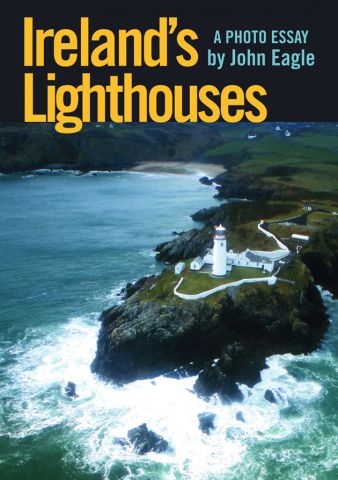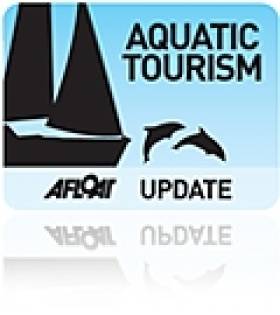Displaying items by tag: book
New Cruising Website lists Marinas & Moorings
A new website has been launched to accompany Brian Keane's book Cruising Ireland - A Guide to Marinas and Mooring Buoys. The book lists details of more than 70 ports and anchorages around Ireland and the website matches the information in the book with information from Google Maps. It will also carry updated pdfs of marine information and a facility for people to submit their own updated information on anchorages.
The website is live at www.cruisingireland.net
Ireland's Lighthouses by John Eagle
The first time he saw Roche’s Point Lighthouse marking Cork Harbour, John Eagle knew he was smitten. ‘Coming from an inland town, there was so much excitement in the sea,’ he explains, ‘and lighthouses encapsulated all that.’ Lighthouses have played an important role on Ireland’s extensive and dramatic coastline since the fifth century, lighting the way for many a cargo and passenger ship ensuring those who made their living on the sea made it home safely. As Stuart Ruttle, Chief Executive, Commissioners of Irish Lights, says in his foreword to the book, ‘Marking extreme headlands, islets and rock outcrops, lighthouses by necessity were built in those inaccessible locations which challenged design engineers, defied logistics and inflicted hardship on the skilled construction workers who built them all those years ago.’
During a project that lasted over ten years, John made several daring boat and helicopter trips to capture unique images of these wind-swept, wave-lashed buildings. This book brings together these striking photographs with informative text on their details, locations and how to find them. Ireland’s Lighthouses is sure to delight all those fascinated by these isolated guardians of the coast.
John Eagle lives on the Beara Peninsula in West Cork. He was born and raised in Oxford, and studied photography. John has quite a name to live up to: his mother D.S. Eagle co-wrote The Oxford Literary Guide to Great Britain and Ireland with Hilary Carnell. She also edited Harvey's Companion to English Literature and the Oxford Illustrated Dictionary. Circumstances led to his mother buying a house in Eyeries in West Cork. He came to stay with her, and liked it so much he decided to live there in 1991. His work sells around the world and the Irish Landmark Trust, which has acquired unused lighthouse buildings, also commissioned work from him. Flying in helicopters has been part of the thrill, he admits.
Ireland’s Lighthouses - A Photo Essay by John Eagle, Published in May 2010 Price: €19.99/£17.99






























































